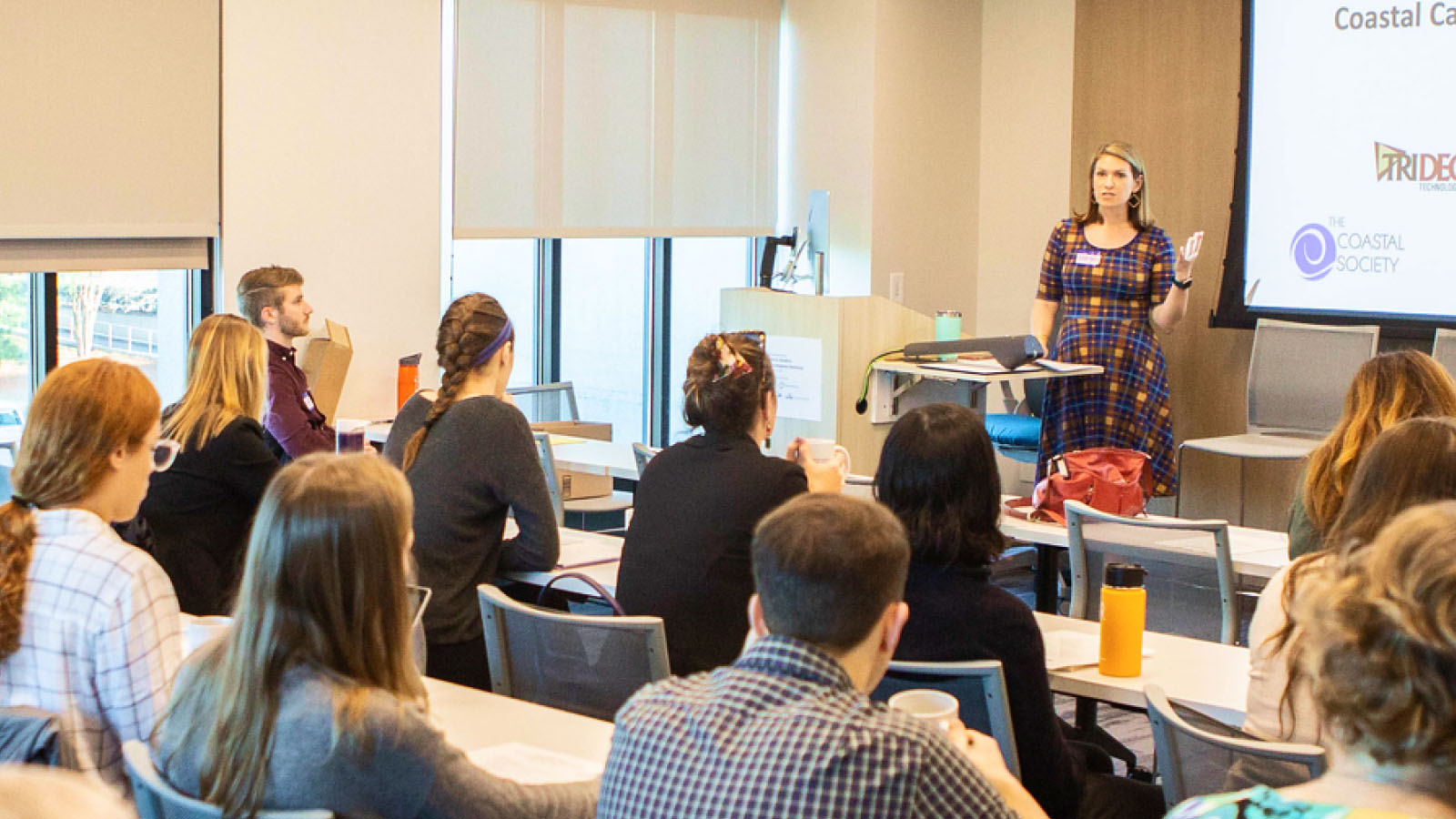Overview
Attend this in-depth workshop to develop your own actionable risk communication strategy and identify next steps for how to interact with your specific audience. This workshop is for local government staff and community partners working to engage various audiences in planning for natural hazards.
This virtual workshop includes an instructor-led session every other week (three live sessions total), discussion with peers, and individual or small group work on your specific project. Space is limited due to the project development approach and high level of engagement between participants and trainers.
Please note that this training focuses on improving risk communication skills for coastal hazards planning and preparedness, not crisis communication when a disaster is imminent.
To host this virtual course, contact us at ocm.tms@noaa.gov.
Learning Outcomes
- Understand how and why people respond to risk the way they do
- Define an actionable goal you would like your audience to reach
- Assess your specific audiences’ characteristics and values
- Identify ways to engage your audience based on their characteristics and values
- Develop a strategy for engaging your audience that supports the actionable goal you defined
Details
Participant Requirements
No communication experience is required.
The ideal participant will be
- Ready to work on a specific risk communication project (pairs or small groups from an organization or community are encouraged)
- City- or county-level staff or individuals focused on helping the community better prepare for natural hazards
- Focused on risk communication in longer-term planning situations, not on crisis communication when a disaster is happening
As a participant, you will be expected to
- Every other week, participate in a two-hour interactive session (three live sessions total)
- Spend up to 60 minutes completing assignments and engaging with course participants online between live sessions
- Use the following technologies to engage with trainers and fellow participants:
- Headset, or speakers and a microphone
- Free Google-based account for Google Docs access
- Adobe Connect and the learning management system Moodle, both furnished by NOAA
If you are unsure whether this course is a good fit for you, email Stephanie Fauver at Stephanie.Fauver@noaa.gov.
Professional Credit
American Institute of Certified Planners – nine hours
Association of Floodplain Managers – seven hours
Three Steps to Better Risk Communication
- Host Information
- Where and When?
- Review
